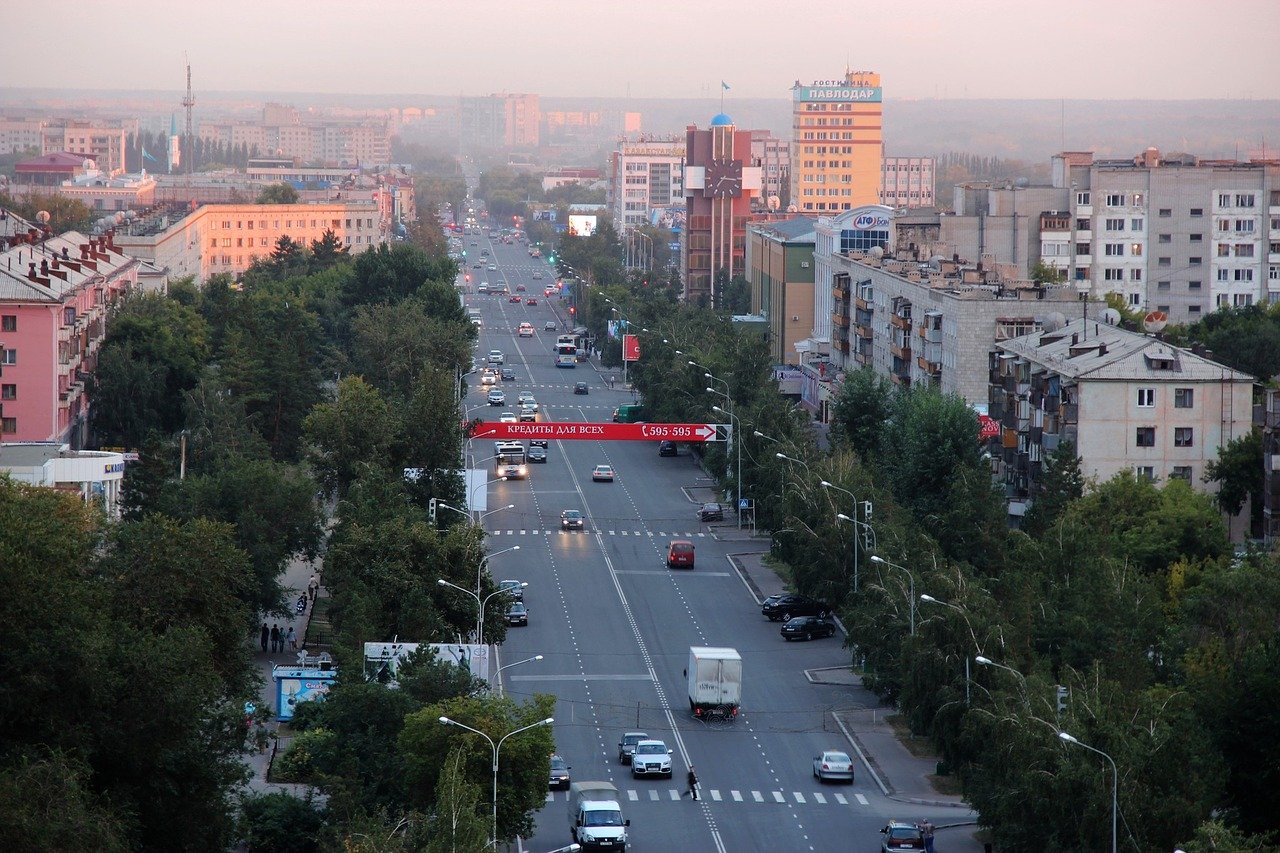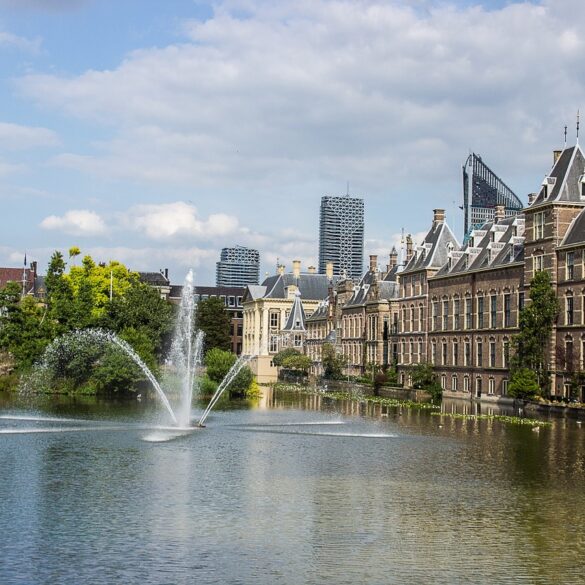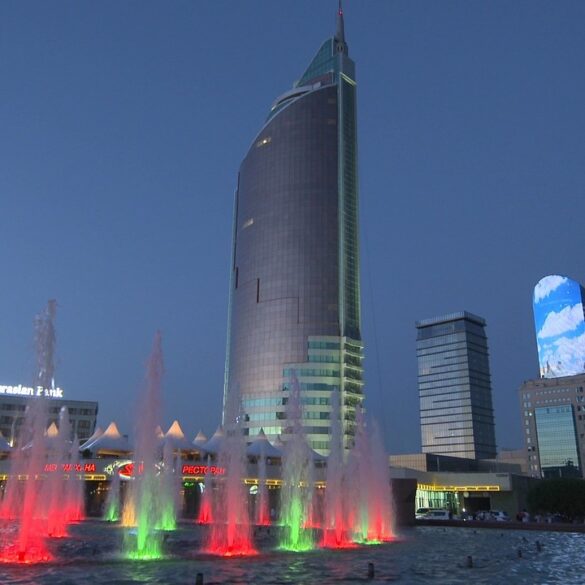
Pavlodar is the eighth-largest city in Kazakhstan and one of its most industrialized. Despite its reputation for heavy industry, it is one of Kazakhstan’s most pleasant and well-rounded cities, with a diverse range of sites and museums.
It is also one of Kazakhstan’s only cities with an embankment and beach along the Irtysh River, as well as a well-developed tram system. There is a charming and compact old town, and the city’s streets are generally easy to navigate on foot and considerably less congested than in other Kazakh cities.
Mashhur Zhusup Mosque
The vivid blue dome of this remarkable mosque has earned it nicknames like “shuttlecock” and “Darth Vader’s helmet” in Pavlodar (it is supposed to resemble a stylized yurt). Mashhur Zhusup Kopeyev (1858-1931), a famous turn-of-the-century poet and ethnographer from nearby Bayanaul who was trained in Bukhara and whose mausoleum remains an important destination of pilgrimage, was the inspiration for the mosque, which was finished in 2001.
A 430-bulb chandelier, as well as a carved hardwood mihrab, are the focal points of the prayer hall.
Irtysh River Bank
In any season, a stroll along Pavlodar’s river embankment is one of the city’s attractions. Summertime sees throngs of people travel to the city’s major beach for swimming and sunbathing, and hourly ferry trips depart from the river ferry station.
Chekhov Drama Theater and Old Merchant Town
The Chekhov Drama Theater, located just south of the regional museum, is housed in the old mansion of a merchant named Ivan Surikov. This is the heart of the ancient commercial town, with historic buildings and historical mansions lining Lenin Street and the surrounding streets to the south.
Photography Museum of Dmitry Bagaev
In 1906, Dmitry Bagaev, a well-known local photographer, built the city’s first photo studio. The museum houses one of Kazakhstan’s greatest collections of 19th-century cameras, as well as a vast sampling of old Pavlodar photographs – some real, others duplicates – and records of Bagayev’s regional trips. It’s well worth a visit. On Astana street, 200, open 10-18 except Mondays.
Churches and synagogue
Along the banks of the Irtysh, Pavlodar’s largest cathedral, constructed in 1999, sits. It is well-known for its nine bells, the heaviest of which weighs moreover a tonne. The cathedral’s interior is unremarkable, but the neighboring chapel boasts beautiful murals and a sacred water spring. A modest synagogue along Satpayev street serves the city’s small Jewish community and is associated with its Almaty equivalent. During the day, it is open to the public.
Monuments of Note
A park featuring a memorial to the Chernobyl accident victims can be found further south on Lenin Street. Thousands of Pavlodar residents took part in the cleanup. Pavlodar’s presence of Lenin is far from done and dusted, maybe due to the region’s industrial legacy. There are 44 Lenin monuments in the surrounding area (you can find a list of all Lenins in Kazakhstan here). A Lenin statue from 1928 is next to the Chernobyl memorial, with inscriptions in Cyrillic and, strangely, Arabic writing (which was used for the Kazakh language up until 1929).



